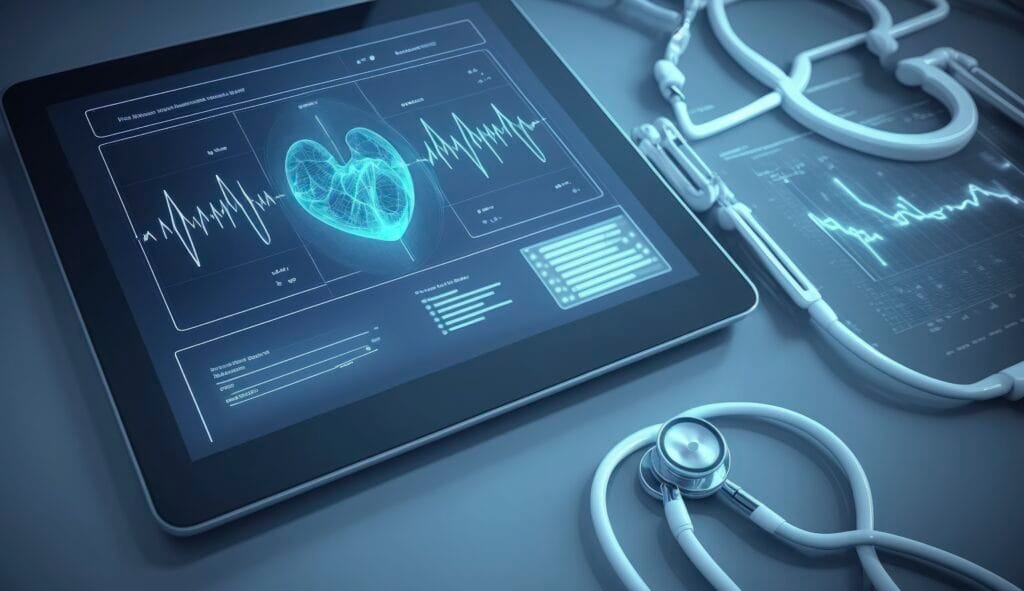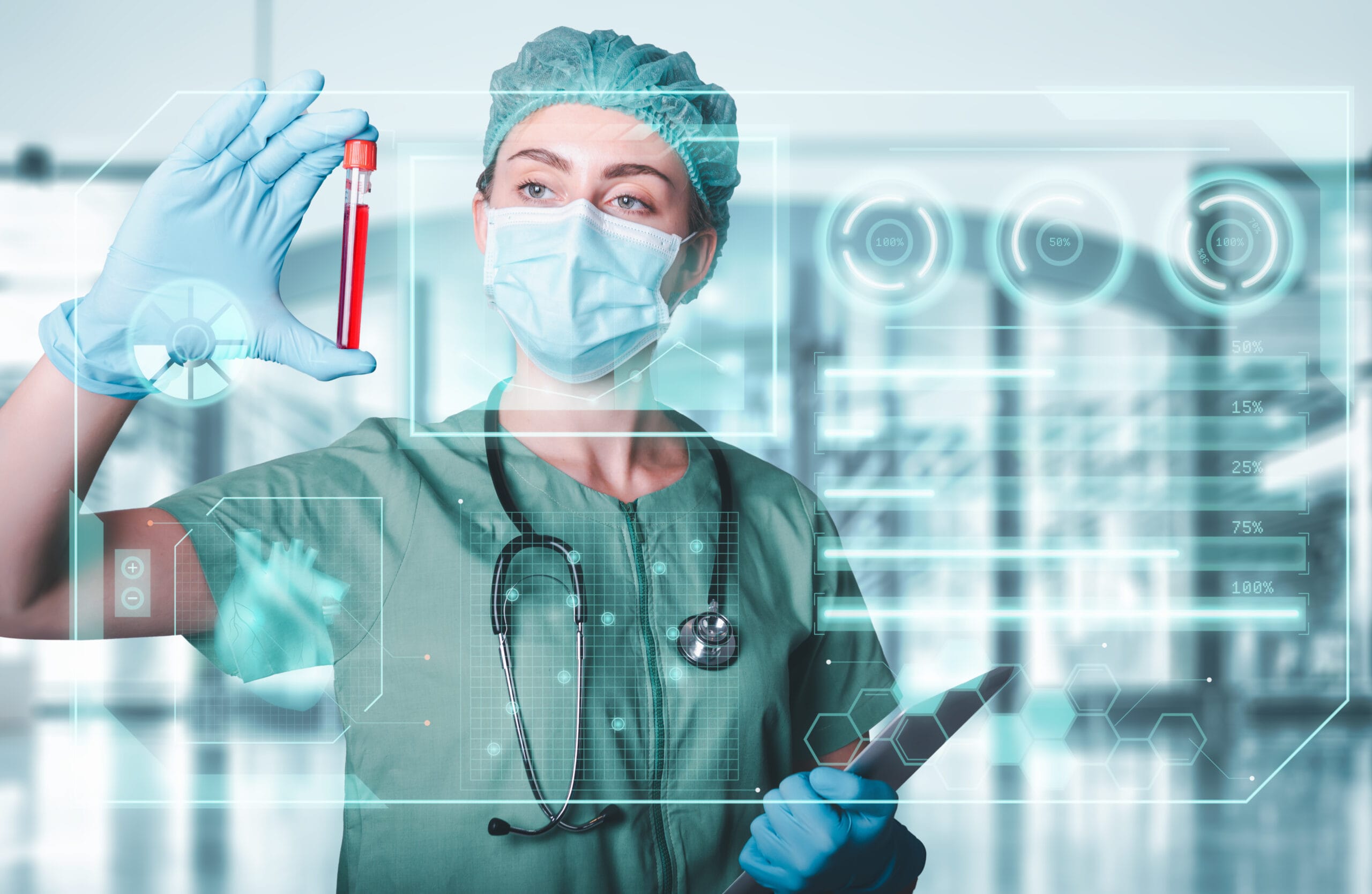Early Disease Detection: Why It Matters
Early disease detection is crucial in healthcare. It allows for timely interventions, which can significantly improve patient outcomes. Detecting diseases at an early stage can prevent complications and reduce the overall burden on healthcare systems. By identifying conditions early, healthcare providers can implement effective treatment plans, leading to better survival rates.
Moreover, early detection often results in lower treatment costs. Diseases diagnosed later often require more complex and expensive interventions. Thus, the need for effective early disease detection methods is more important than ever.
How Machine Learning Algorithms Work in Disease Detection
Machine learning algorithms work through a series of steps. They first train on large datasets containing examples of diseases and their characteristics. This training process involves identifying patterns in the data that correlate with specific conditions.
Once trained, the algorithms can make predictions on new, unseen data. For instance, they can analyze medical images to detect tumors or assess patient data for signs of chronic diseases. Algorithms become better at their predictions as they are exposed to more data.
Healthcare professionals use several types of machine learning algorithms. In contrast, unsupervised learning algorithms identify patterns in unlabeled data. Both types play a vital role in improving early disease detection.
The Benefits of Early Disease Detection Through Machine Learning
The benefits of early disease detection through machine learning are numerous. First, it enhances accuracy. Machine learning algorithms can analyze complex data quickly, often identifying diseases more accurately than human practitioners.
Additionally, these algorithms can process vast amounts of information in real-time. This capability alerts healthcare providers instantly when abnormalities are detected. Early intervention can then take place, leading to better health outcomes.
Real-World Applications of Machine Learning in Early Disease Detection
Various real-world applications are already using machine learning for early disease detection. For instance, in radiology, algorithms analyze medical images like X-rays and MRIs. They can detect early signs of cancers, fractures, or other anomalies that a human eye might overlook.
Another application is in pathology, where machine learning helps analyze tissue samples. Algorithms can identify cancerous cells faster and with greater accuracy than traditional methods. This speed and precision significantly improve diagnosis times.

Moreover, wearable devices equipped with machine learning capabilities monitor vital signs in real-time. They can alert users and healthcare providers about irregular heart rates or signs of other health issues, prompting immediate medical attention.
Machine Learning vs. Traditional Methods: A Comparison in Disease Detection
When comparing machine learning to traditional methods of disease detection, the differences are clear. Traditional methods often rely on manual analysis and subjective interpretation. This reliance can lead to variability in diagnoses and missed cases.
In contrast, machine learning algorithms provide objective analysis. They consistently apply the same criteria to all data, reducing the chances of human error. This objectivity results in improved diagnostic accuracy.
Furthermore, machine learning can analyze more data than any human practitioner can handle. This capability increases the likelihood of detecting subtle patterns. Overall, machine learning offers a complementary approach to traditional diagnostic methods, enhancing their effectiveness.
Challenges in Implementing Machine Learning for Early Disease Detection
Despite its potential, several challenges exist in implementing machine learning for early disease detection. One significant issue is data quality. Machine learning algorithms rely on accurate and comprehensive data. If the data is flawed, the predictions will also be unreliable.
Another challenge is the need for interpretability. Many machine learning models operate as “black boxes,” making it difficult for healthcare professionals to understand how decisions are made. This lack of transparency can hinder trust in the technology.
Moreover, we must address ethical considerations. Ensuring that algorithms are free from bias and do not perpetuate inequalities in healthcare is crucial. As machine learning continues to evolve, addressing these challenges will be essential for its successful integration into healthcare systems.
Future Trends: The Evolution of Machine Learning in Healthcare
The future of machine learning in healthcare looks promising. As technology advances, algorithms will become more sophisticated. They will be able to analyze even larger datasets, leading to more accurate predictions.
Additionally, the integration of machine learning with other technologies, such as genomics and telemedicine, will enhance early disease detection. For example, personalized medicine will benefit from machine learning by providing tailored treatment plans based on individual patient data.
Furthermore, ongoing research will likely lead to new algorithms specifically designed for early disease detection. This evolution will open up new avenues for healthcare providers, enabling them to identify diseases even earlier.
The Impact of Early Disease Detection on Patient Outcomes
The impact of early disease detection on patient outcomes cannot be overstated. When diseases are identified early, treatment options are often more effective and less invasive. This early intervention can lead to longer survival rates and improved quality of life for patients.
Moreover, early detection can reduce the emotional and financial burden on patients and their families. It allows for better planning and management of health conditions. Ultimately, early disease detection contributes to a healthier population and a more efficient healthcare system.
Integrating Machine Learning with Healthcare Systems for Better Disease Detection
Integrating machine learning into existing healthcare systems is crucial for improving disease detection. This integration involves collaborating with healthcare professionals to ensure algorithms are designed with practical applications in mind.
Healthcare providers must be trained to use these technologies effectively. Providing education on how to interpret machine learning results is essential. It ensures that the insights generated are utilized for better patient care.
Furthermore, establishing robust data-sharing protocols will enhance the effectiveness of machine learning. By pooling resources and data from various healthcare facilities, algorithms can learn from a broader range of cases. This collaborative approach will lead to more accurate predictions and improved early disease detection.
Conclusion: The Future of Early Disease Detection with Machine Learning
In conclusion, early disease detection is transforming healthcare, and machine learning is at the forefront of this revolution. By providing accurate, efficient, and timely analyses, machine learning algorithms enhance the ability to identify diseases early.
As technology continues to advance, the integration of machine learning into healthcare systems will only strengthen. The benefits of early disease detection are clear—improved patient outcomes, reduced healthcare costs, and enhanced overall health.

